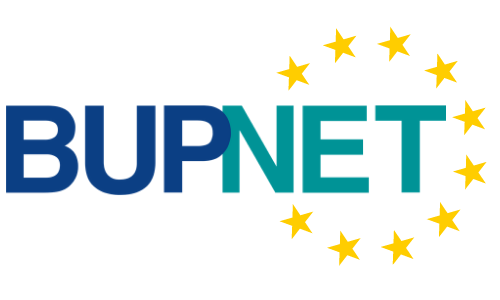A risk assessment should be structured and applied so as to help employers to:
- identify the hazards created at work and evaluate the risks associated with these hazards, to determine what measures they should take to protect the health and safety of their employees and other workers, having due regard to legislative requirements;
- check whether the measures in place are adequate;
- prioritise action if further measures are found to be necessary as a result of the assessment;
- demonstrate to themselves, the competent authorities, workers and their representatives that all factors pertinent to the work have been considered, and that an informed valid judgment has been made about the risks and the measures necessary to safeguard health and safety;
- ensure that the preventive measures and the working and production methods, which are considered to be necessary and implemented following a risk assessment, provide an improvement in the level of workers protection and well-being.
Good Practices for creating YOUR most effective work-related stress questionnaire:
- The questionnaire must be anonymous and must not contain any questions that hint at the respondent.
- The medium used to administer the questionnaire should be quick and appealing.
- The questions should be short and incisive, so as not to take too long.
- Ask more closed-ended questions instead than open-ended questions. Closed-ended questions generate quantitative data that can be used for the monitoring.
- Ensure your survey questions are neutral. Instead of asking “We think the shop assistants are very beautiful. How beautiful do you think they are?” use “How helpful or unhelpful do you think the shop assistants are?”
- Keep a balanced set of answer choices. In case of multiple choice do not only allow for “Extremely helpful, Very helpful or Helpful” but also “Neither helpful nor unhelpful, Unhelpful, Very unhelpful”.
- Don’t ask for two things at once.
If you want to find out more, take a look at the PROSPER training modules.

